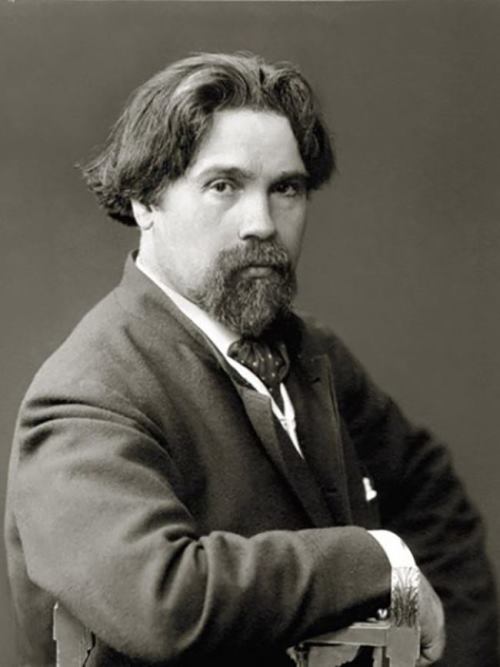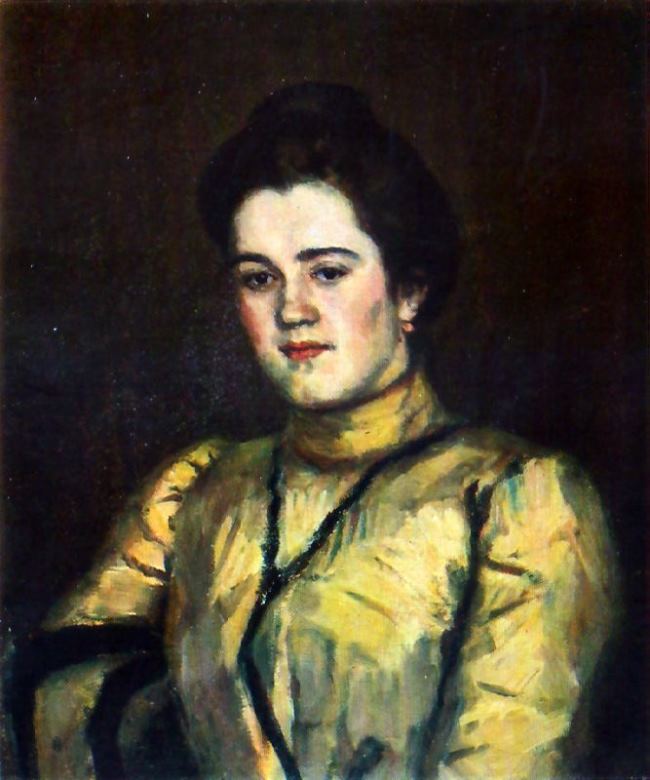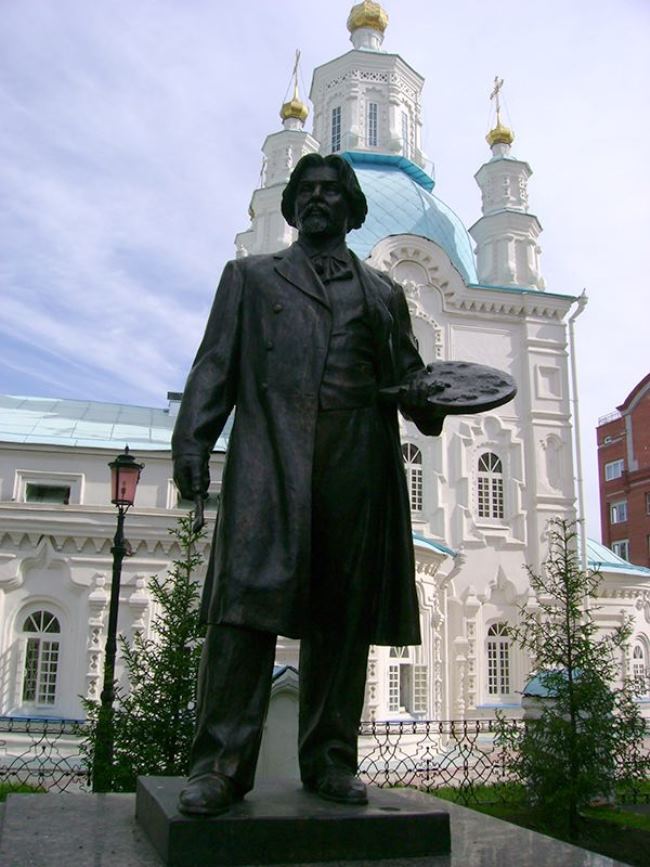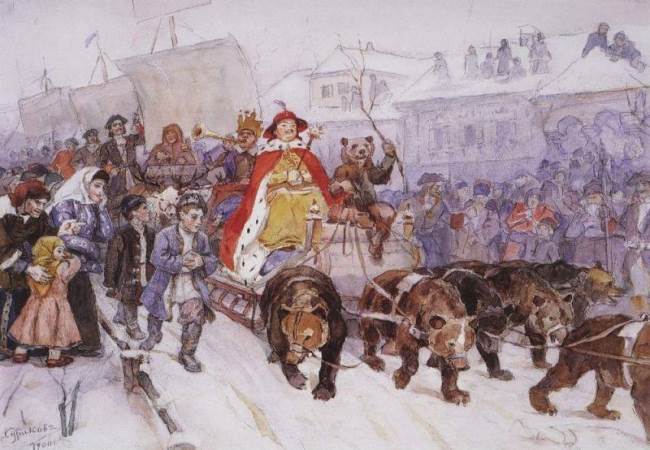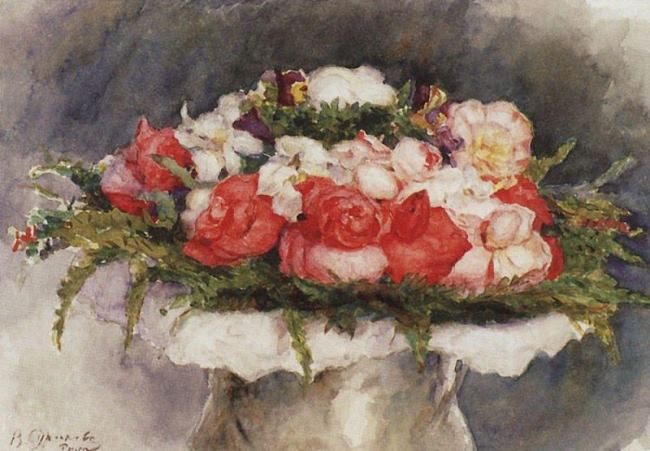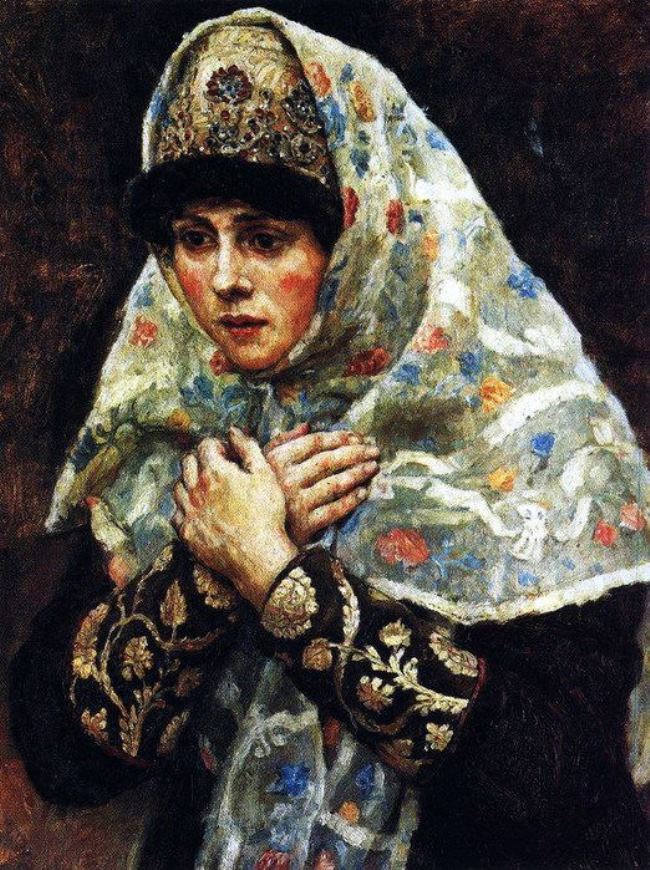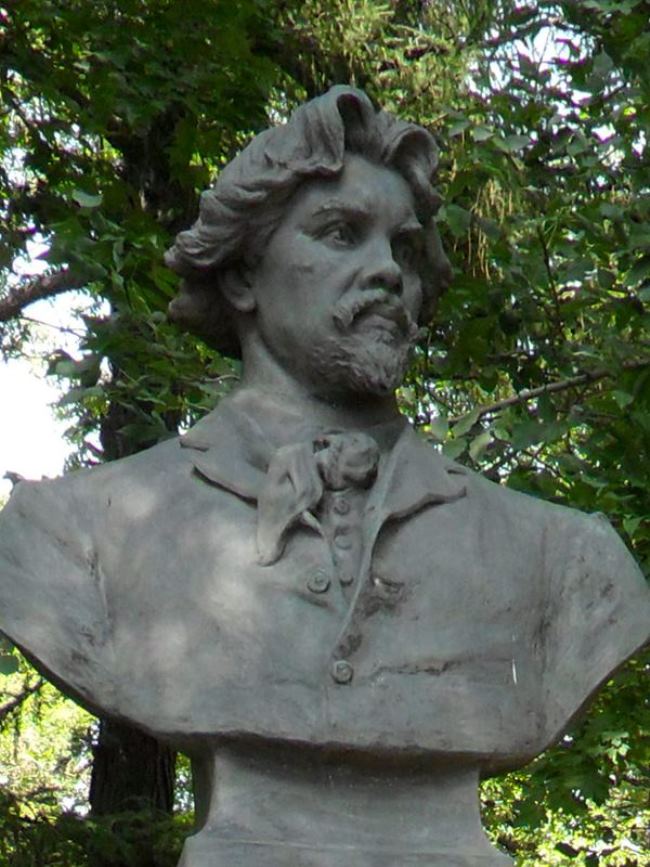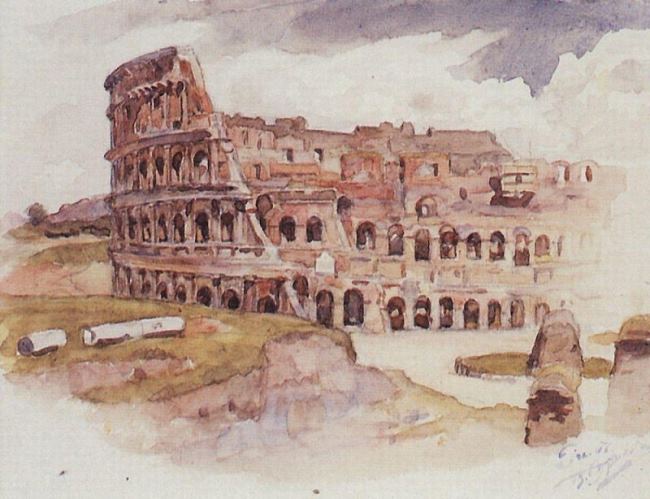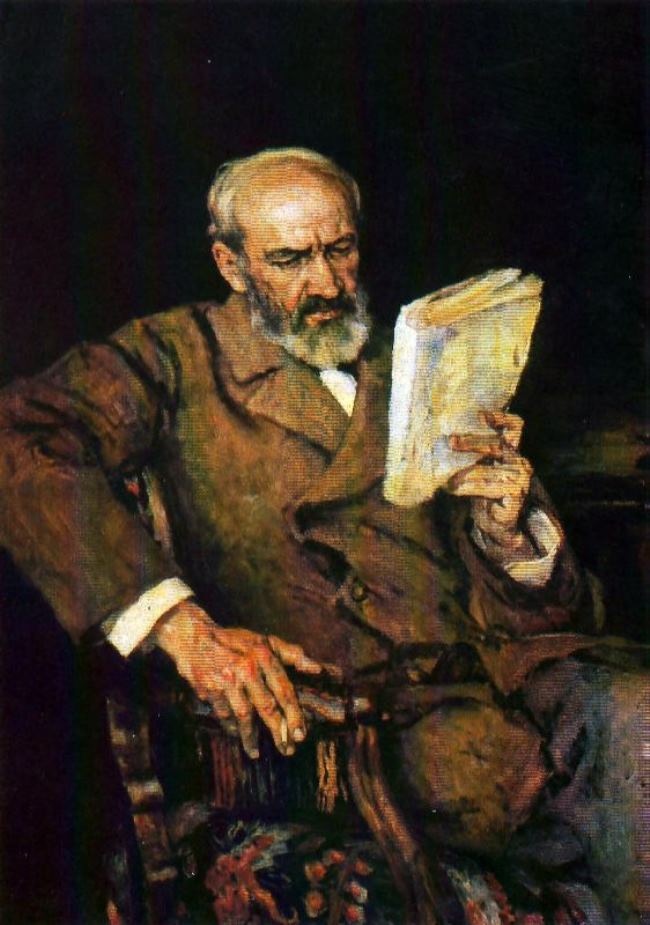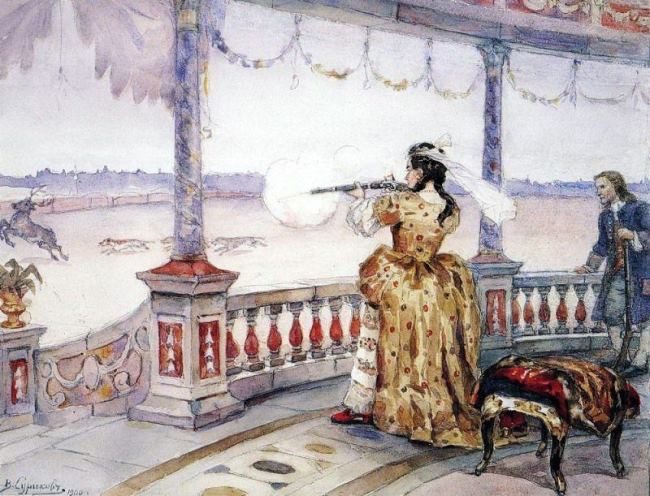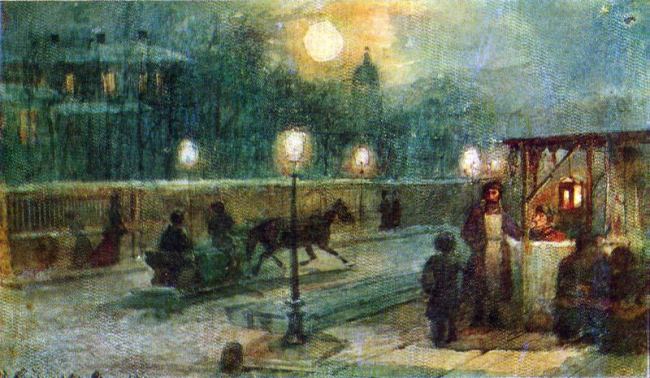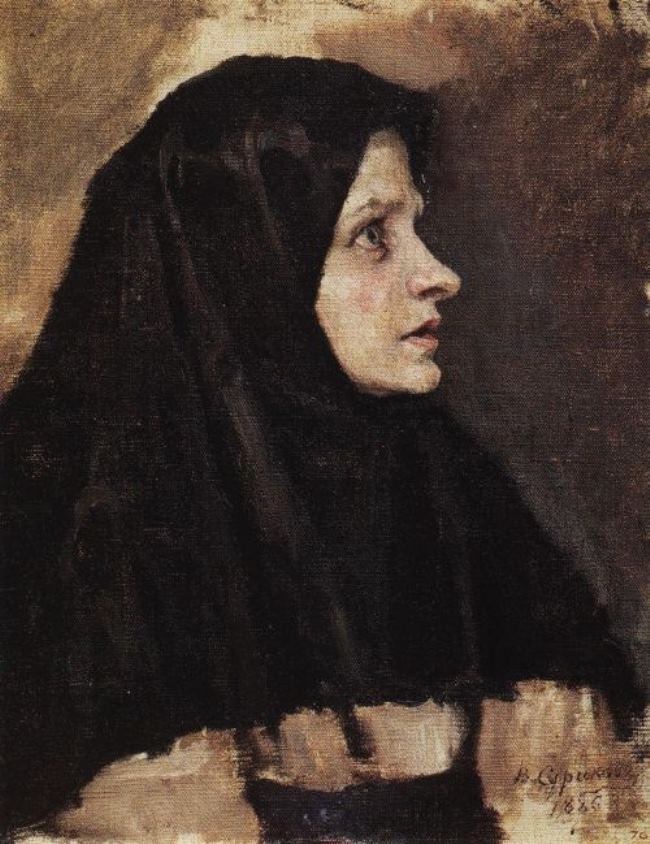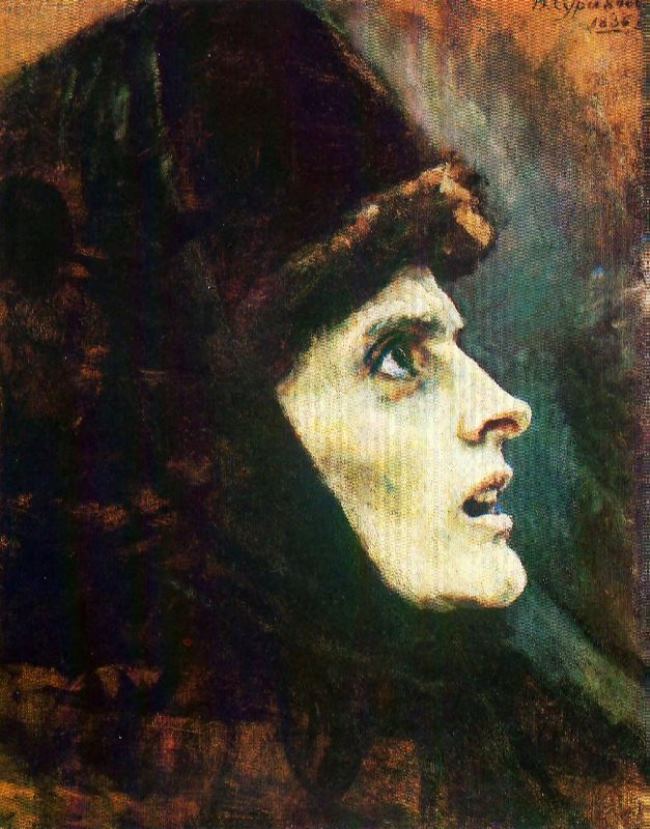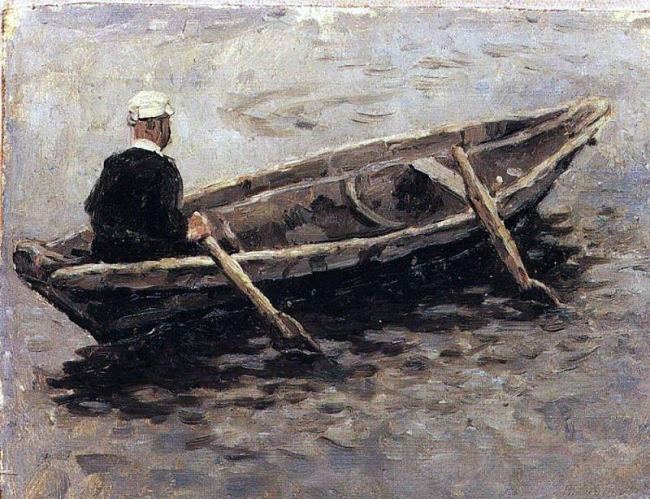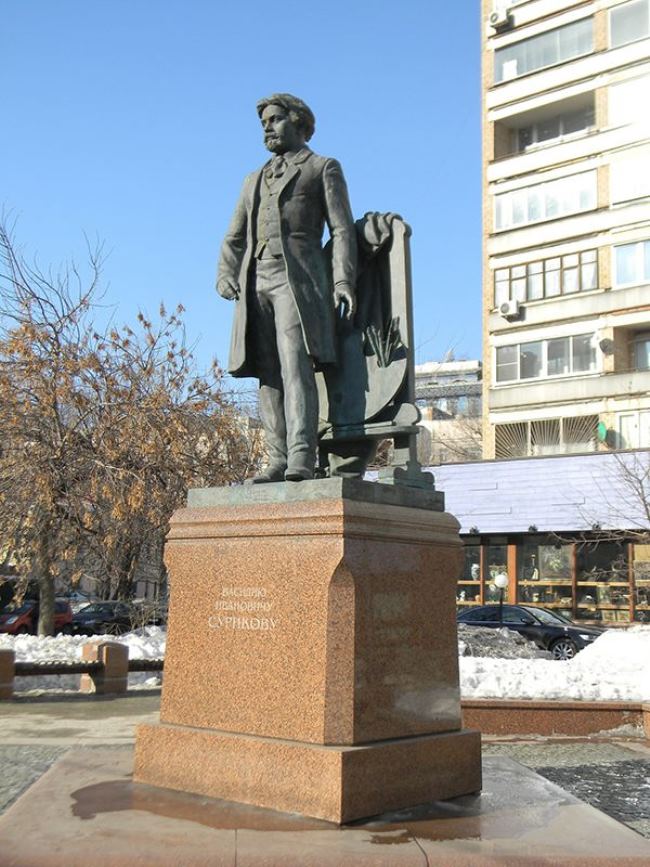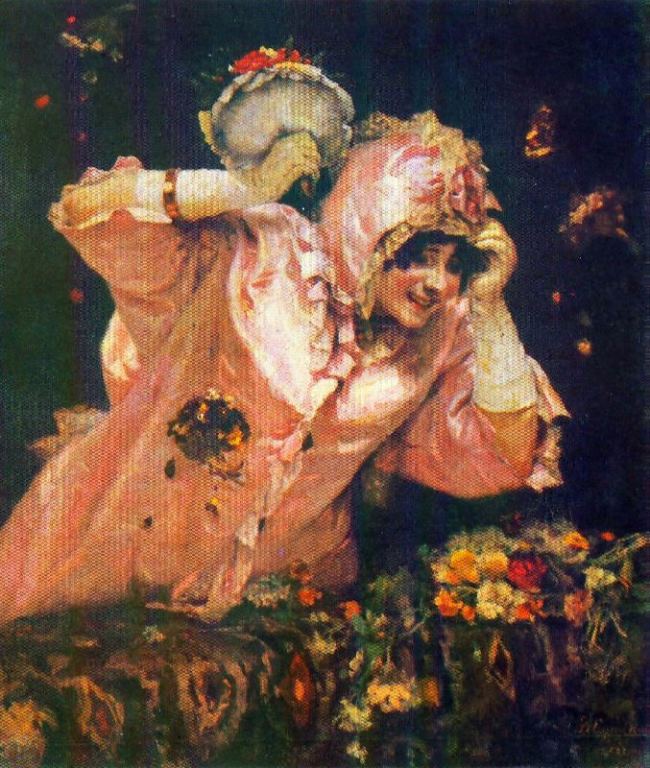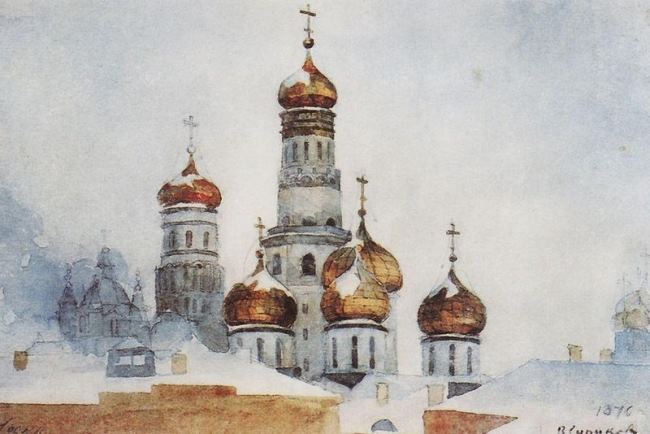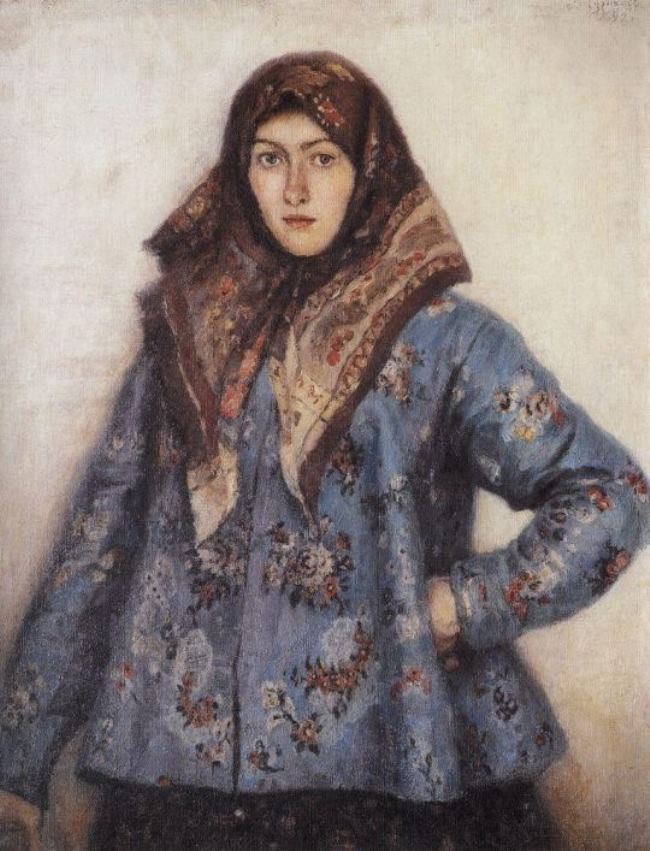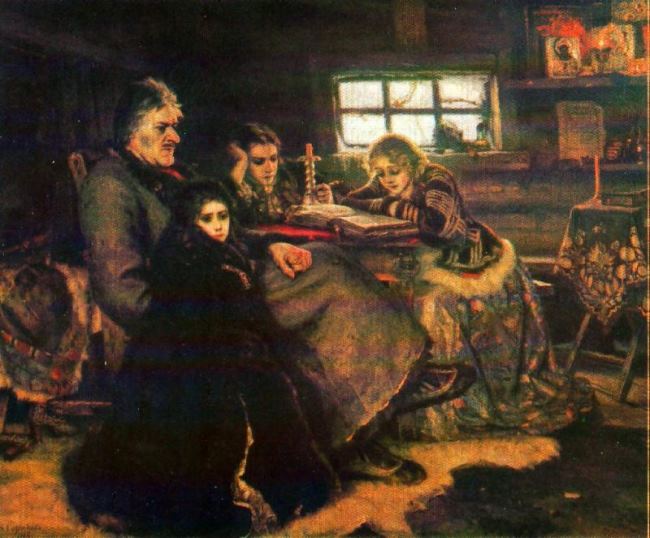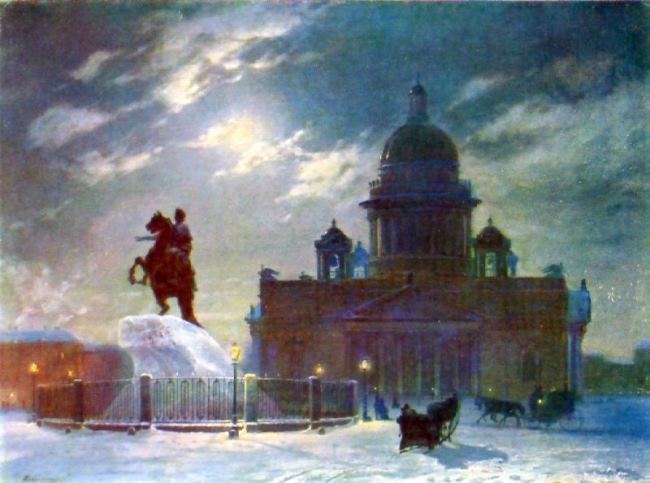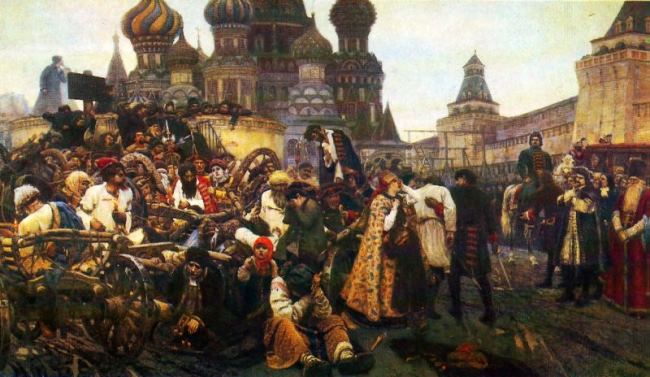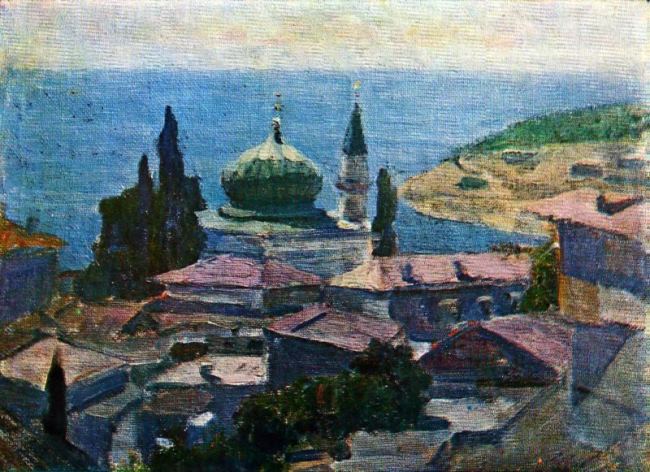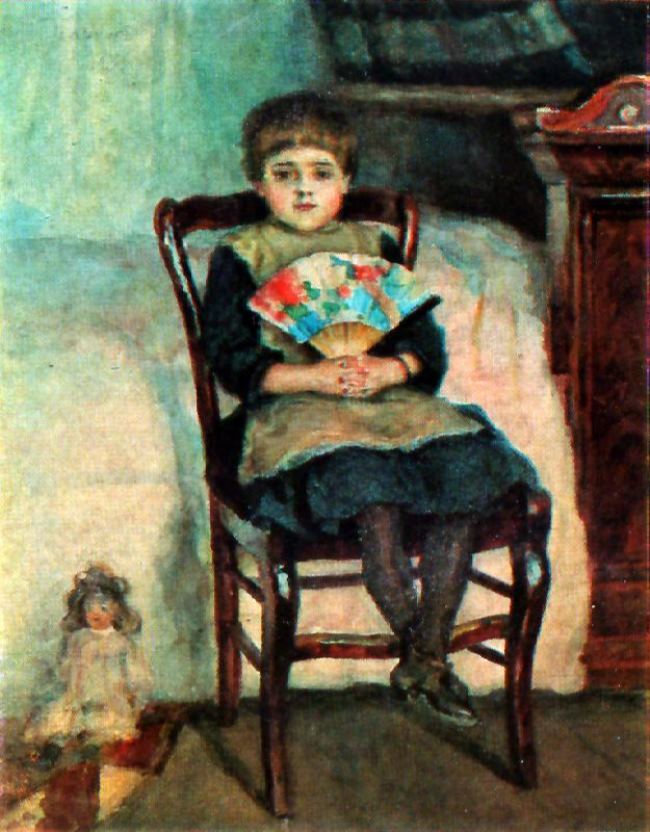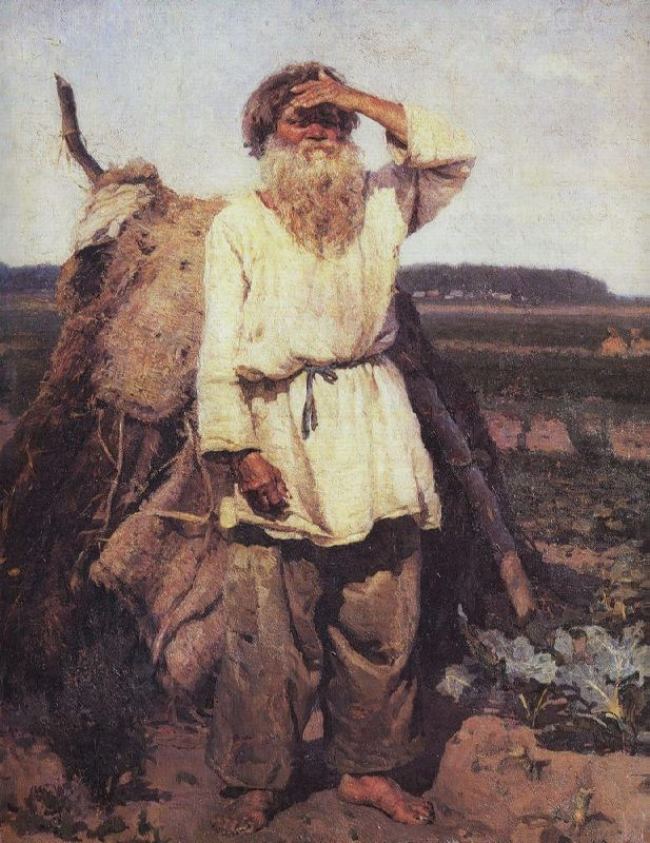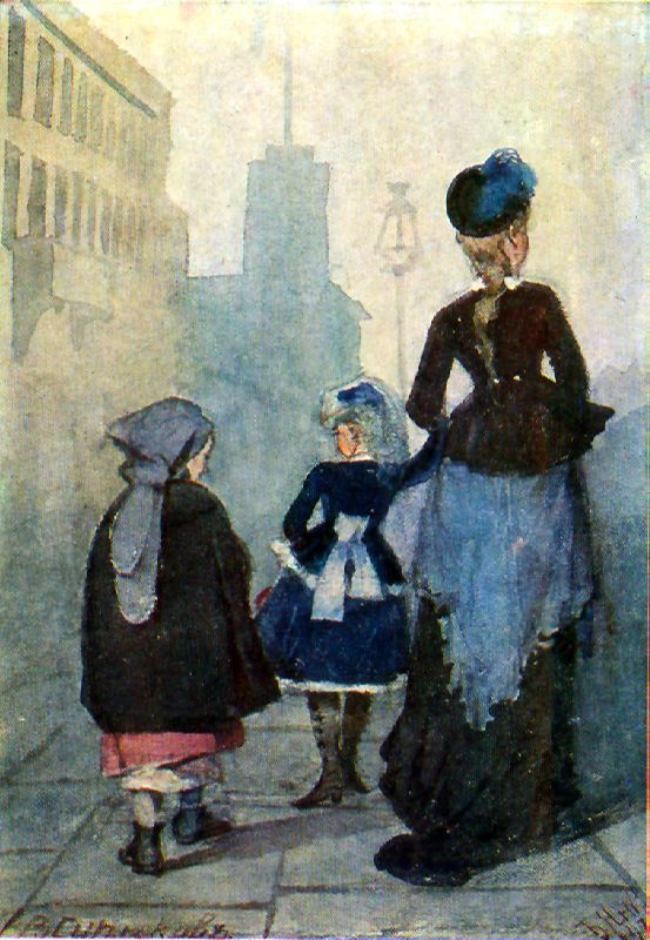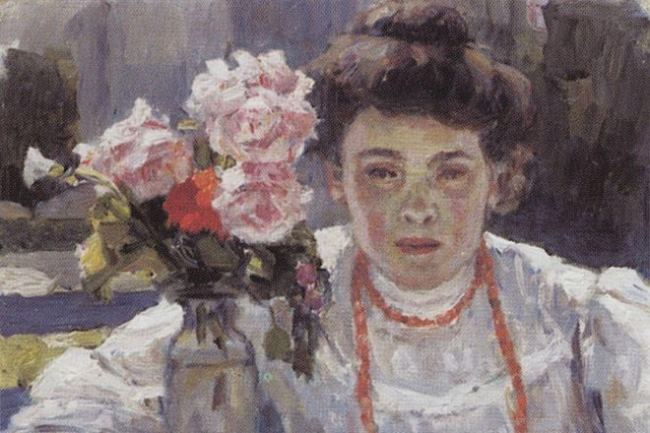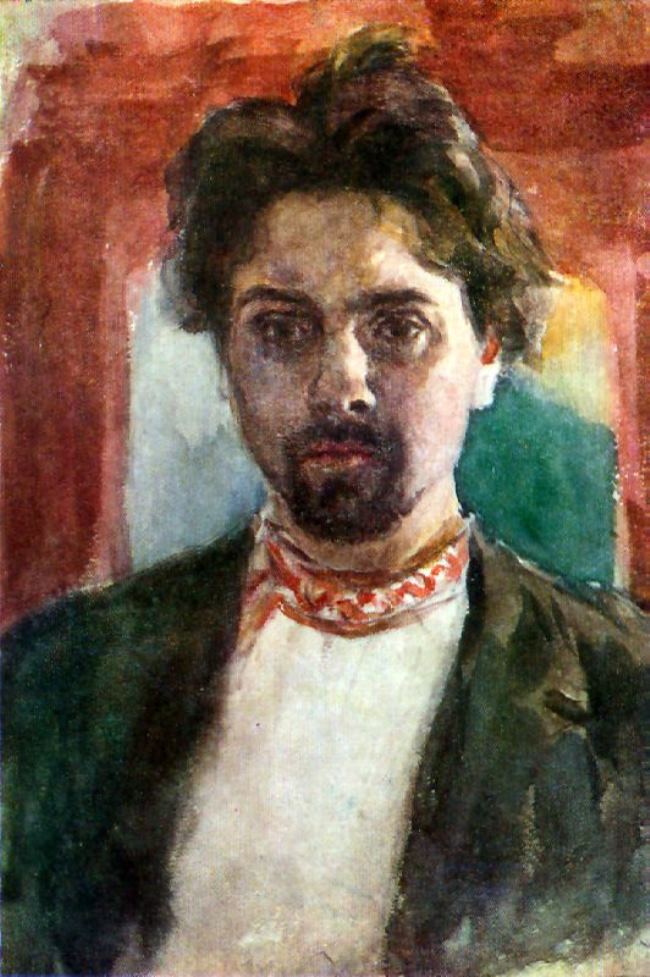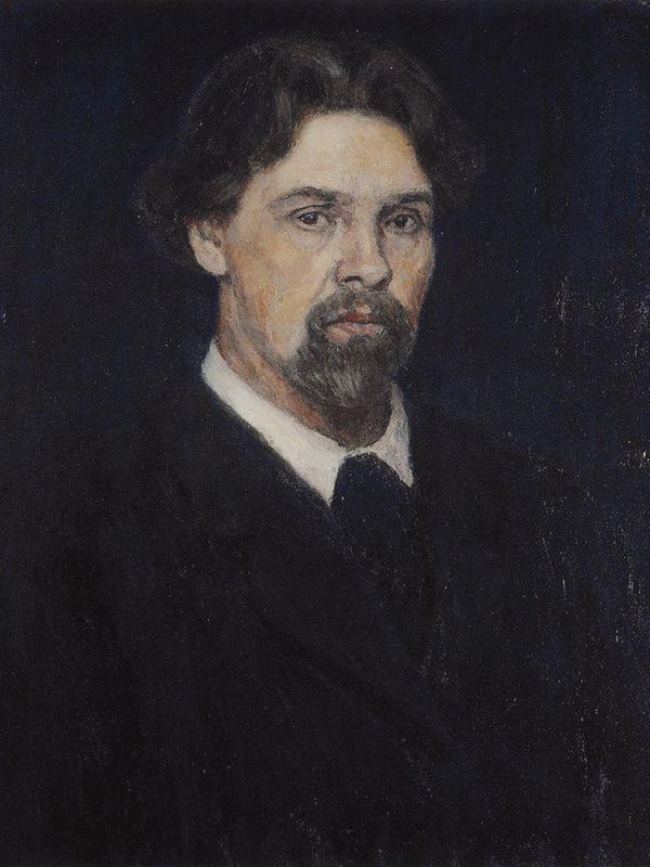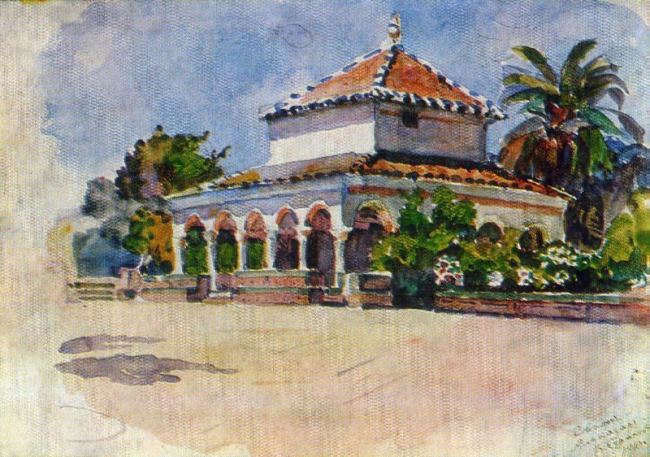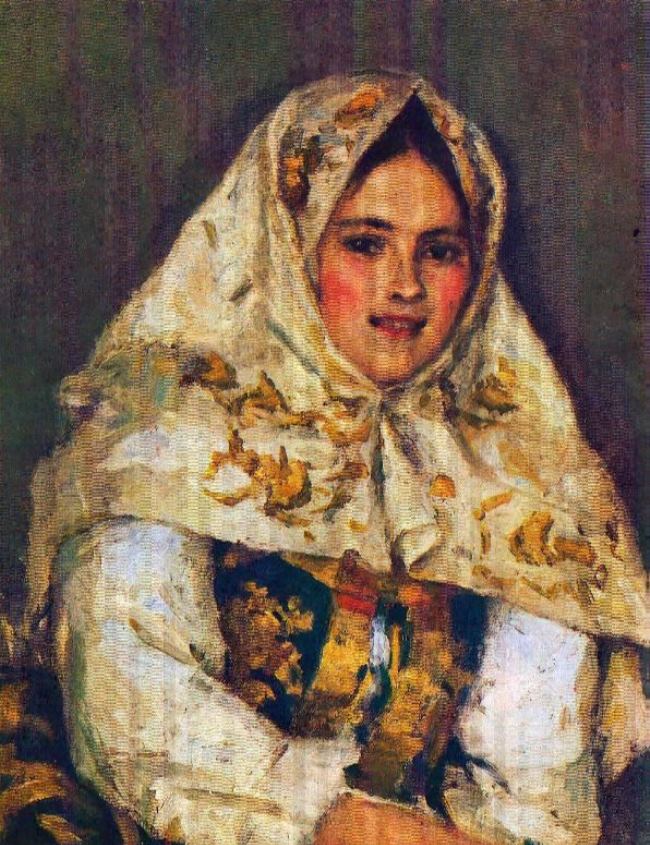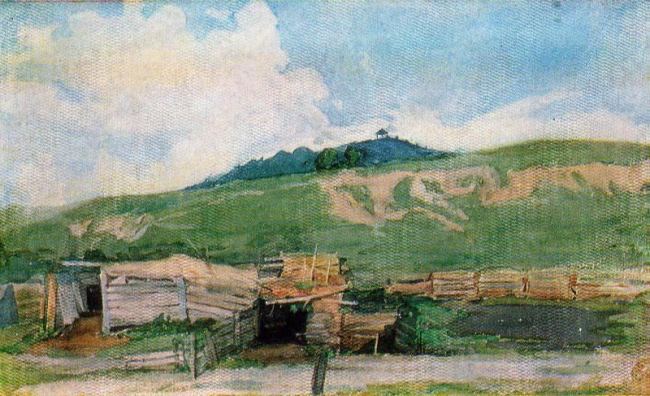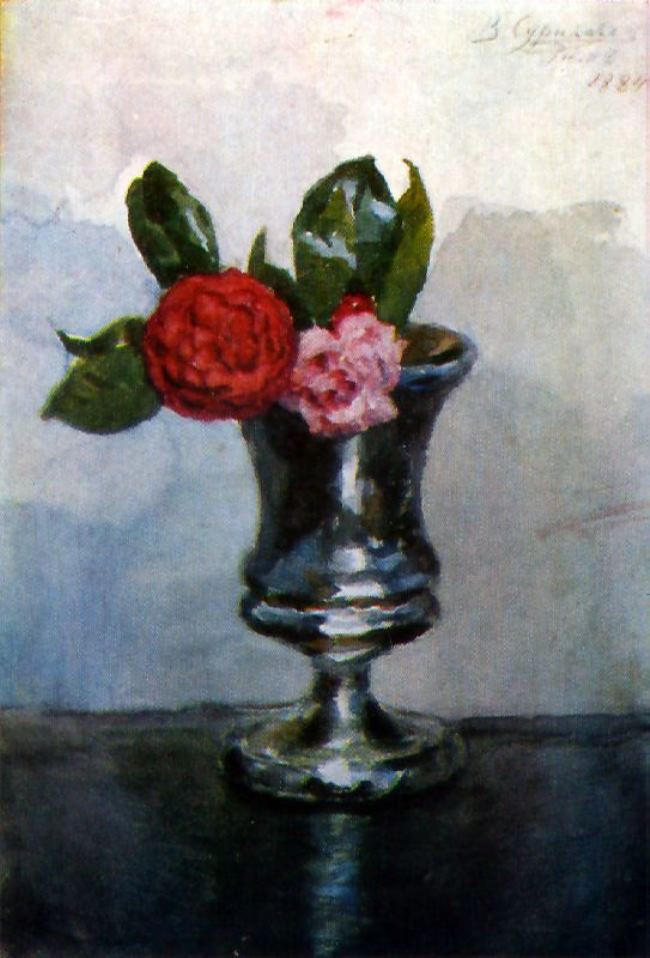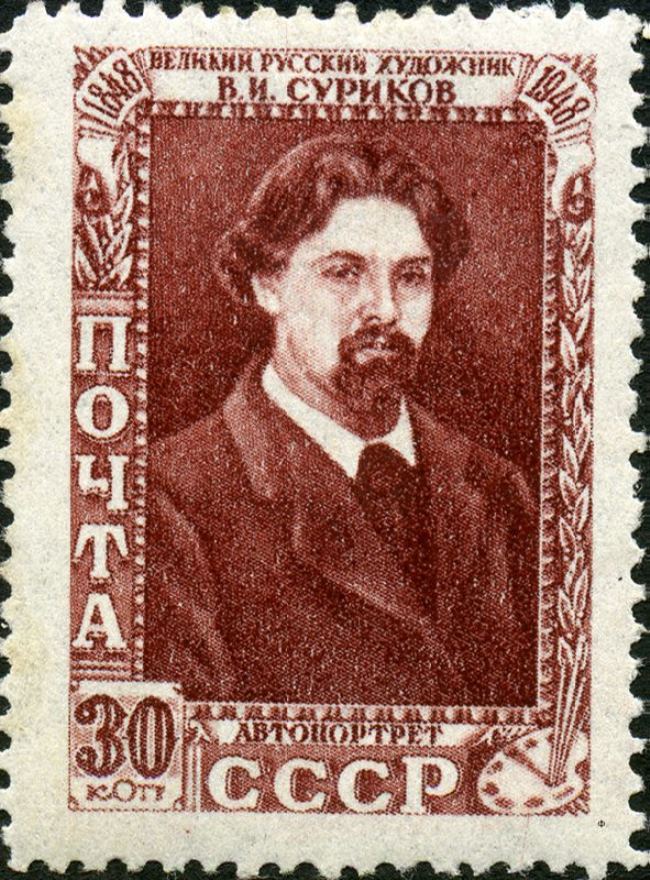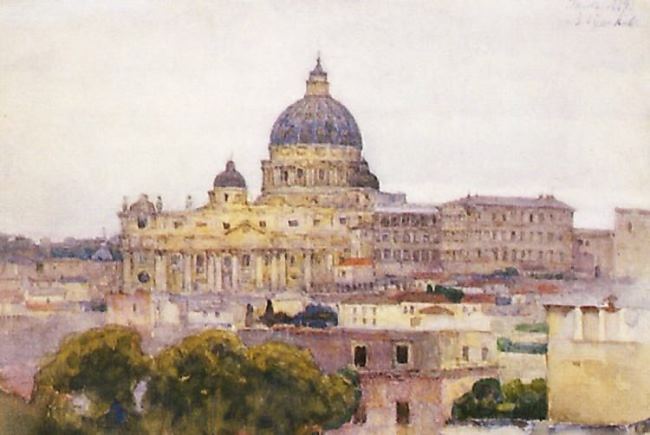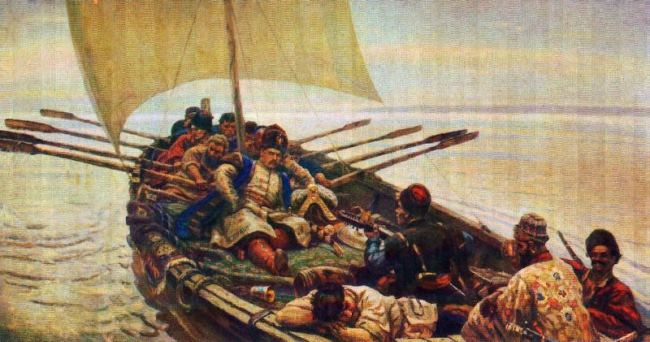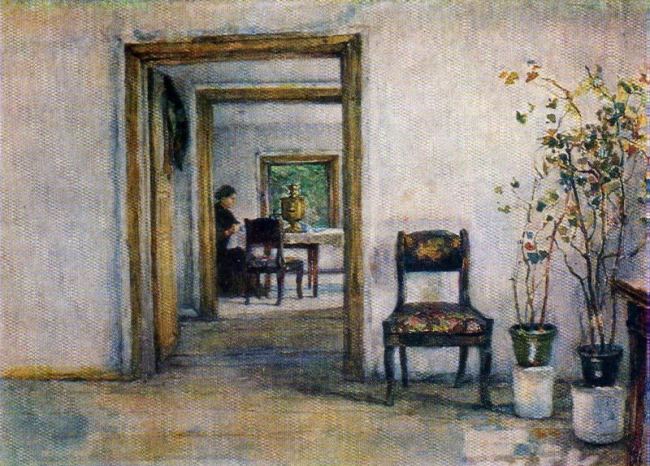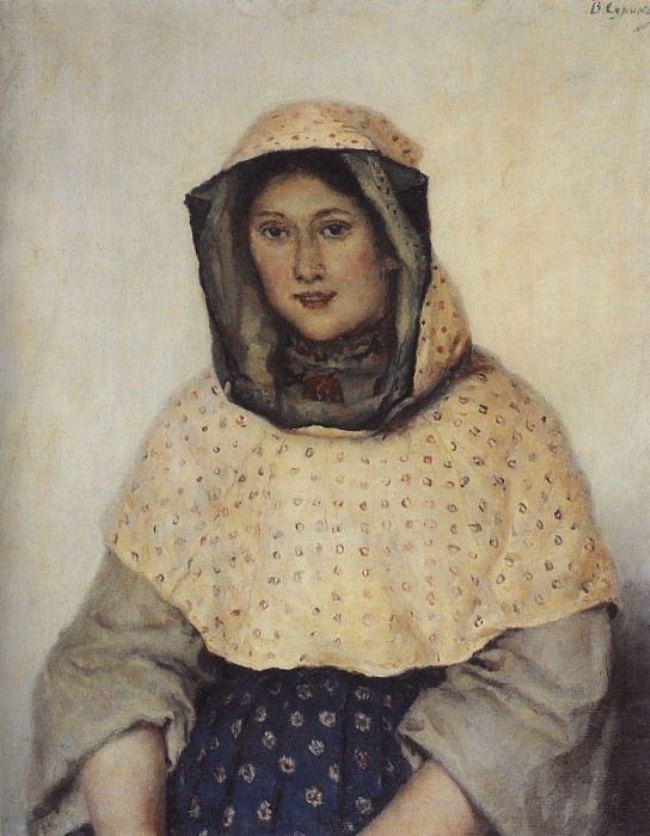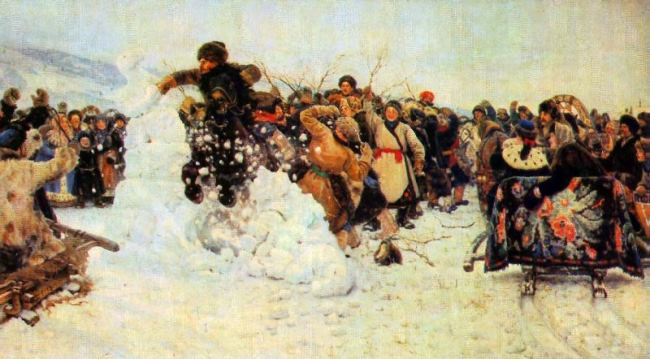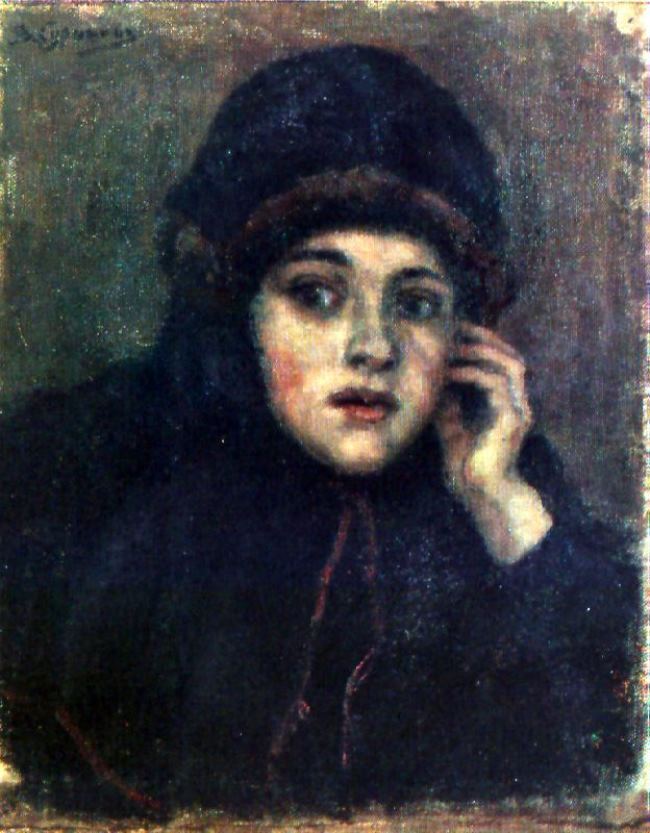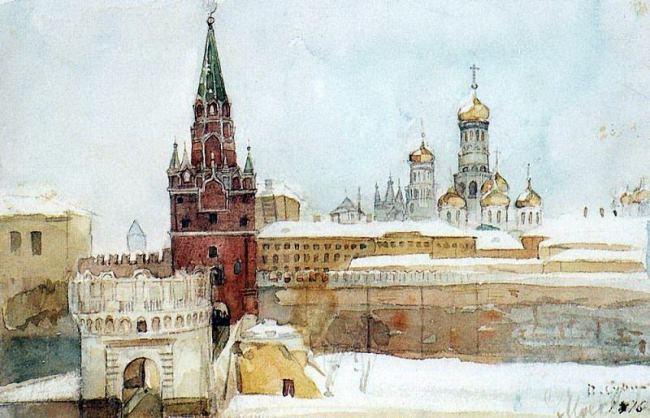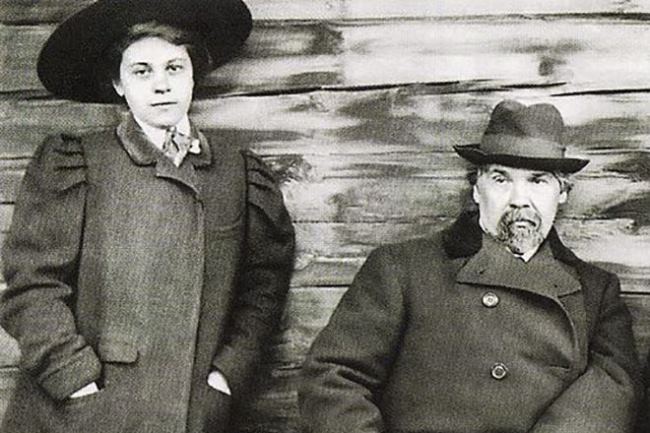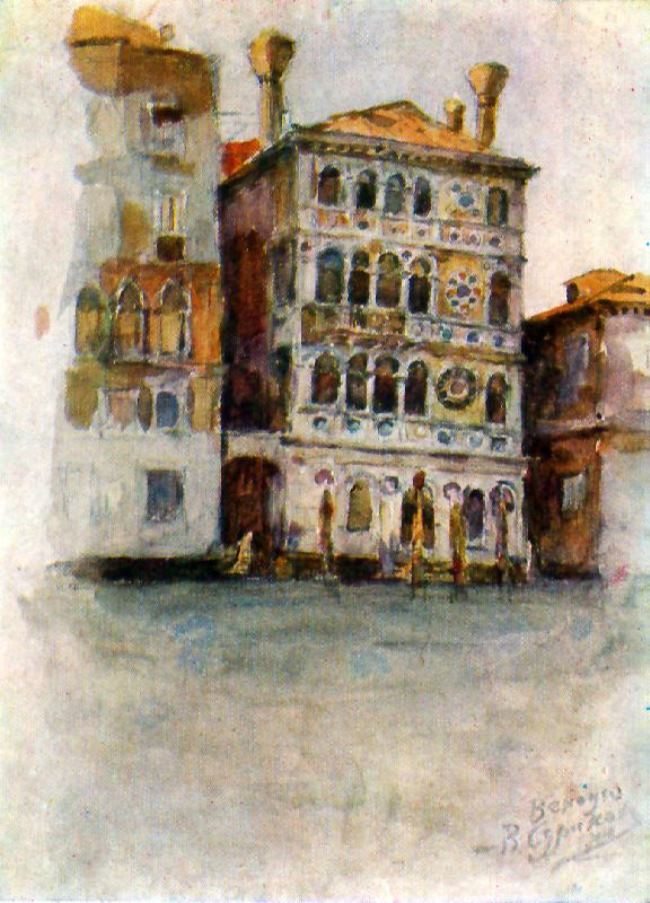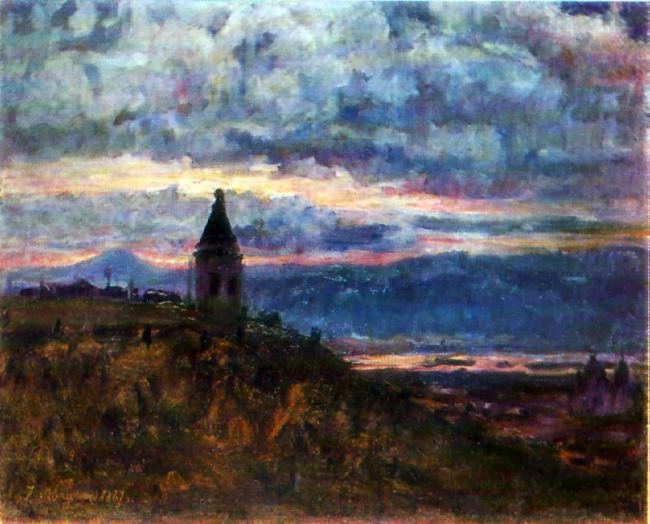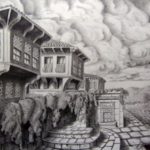Vasily Surikov – history painter
The artist and thinker, man of great talent, Vasily Surikov (1848-1916) went down in history of Russian art primarily as a history painter. In his works, he showed history created by the people themselves, in contradictory phenomena he revealed its natural objective character.
Vasily Ivanovich Surikov was born on January 12, 1848 in Krasnoyarsk, into a family of hereditary Cossacks who came to Siberia in the 16th century. There he gained his first impressions and the first artistic images were formed. On the one hand, Siberia of the XIX century was a living history, preserving the patriarchal features of the XVII century and many customs. Actually, Siberia did not know serfdom. On the other hand, because of its remoteness from the center of Russia the tsarist government turned Siberia into a prison for its political opponents, who were sent there for free-thinking and protest against oppression. The artist said about his countrymen: “They were mighty, strong-willed people”.
Surikov lived in Siberia for twenty years. He absorbed and loved what he had seen, and the precious store of impressions became an inexhaustible source of his future creativity.
At an early age Surikov showed his talent for painting. N. V. Grebnev, an art teacher at the Krasnoyarsk school, was his first teacher. Governor P. N. Zamyatin and mayor P. I. Kuznetsov helped him to enter the Academy of Arts.
The painter studied at the Academy from 1869 to 1875. You know, he received silver and gold medals. First, Surikov came to Moscow to fulfill the order for the Cathedral of Christ the Savior, but he was fascinated by the old capital and stayed there.
The Moscow impressions helped Surikov to create historical paintings. Morning of the Strelets Execution (1881), terrible national tragedy, was one of them.
The fate of Peter I’s associate Alexander Menshikov was the subject of the next big picture Menshikov in Berezovo (1883). Vasily managed to convey not only the great personal tragedy of man, but also the end of the Petrine era.
Both paintings were bought by P. M. Tretyakov for his gallery. The money received from the sale allowed Surikov to make a long trip abroad. He traveled to Germany, France, Italy, Austria, where he was very interested in the major European art collections. The painting Scene From the Roman Carnival (1884) was painted as a result of this trip.
The main purpose for which the journey was undertaken was the need to improve the skills, to replenish knowledge and experience, to comprehend the laws of composition and color using the example of Veronese and Tintoretto. All this was necessary to create new historical painting Boyarynya Morozova (1884-1887). It was exhibited in February 1887 and became a great event in Russian art. The picture is truly national in content (the religious schism in Russia in the middle of the seventeenth century), and in terms of the images created in it, and in its pictorial structure.
An integral part of the artistic image, highlighting its national character, became a landscape in the pictures. Both in Russia and abroad Surikov painted mostly urban landscapes. And only when the artist came to Siberia he painted nature. The artist tried to convey not the external signs of the landscape, but its essence. First of all, he saw the majesty of the endless expanse, arbitrary harsh beauty in the steppe.
In 1891, Surikov painted the only genre painting Taking a Snow Town. The picture is full of movement, enthusiasm and fun.
The Conquest of Siberia by Yermak (1891-1895) marked the pinnacle of the artist’s creative rise.
Portraits occupied a special place in the work of Surikov. They were, as a rule, studies related to the search for a specific image for paintings. For example, Siberian Beauty. Portrait of Catherine Alexandrovna Rachkovskaya (1891), Portrait of Alexandra Ivanovna Emelyanova (1902). They are not just portraits; the artist saw something in common – Russian national beauty.
In his historical paintings, Surikov managed to show the spirit of the time, not through minor details or a fake costume, worn by a model, but through the pathos of one or another moment of history. Freedom and independence always attracted Surikov, and almost all the ideas embodied in painting were against the tsarist system existing in Russia.
Great artist died in 1916 and left many masterpieces devoted to his motherland and his countrymen.
Vasily Surikov – history painter
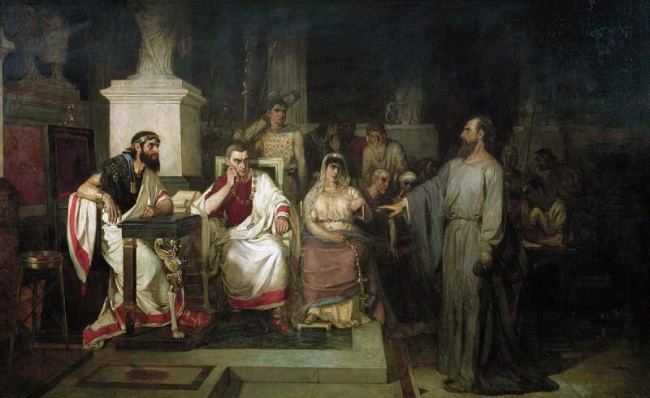
The Apostle Paul explains the tenets of faith in the presence of King Agrippa, his sister Berenice, and the proconsul Festus, 1875
